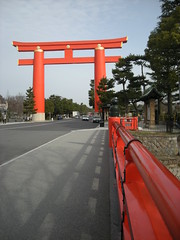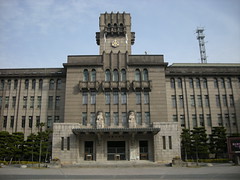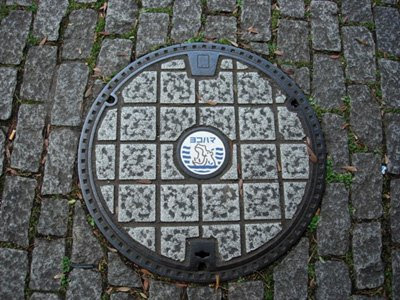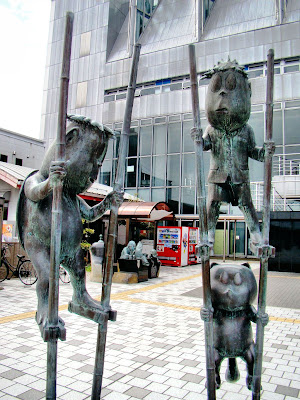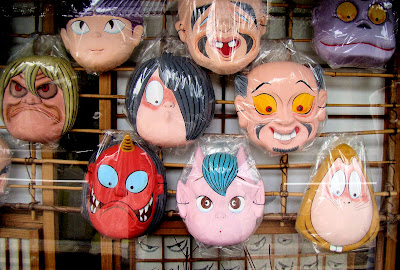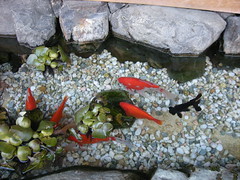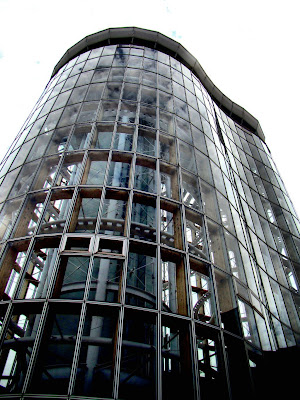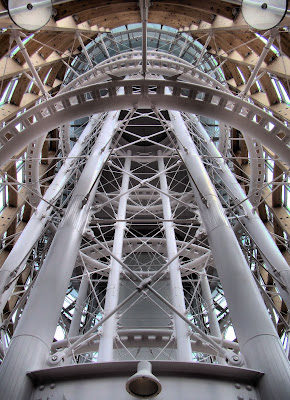ゲイ 日本語
Like gay scenes anywhere, the
Japanese gay scene has its own lingo. Let's look at a few of the most common phrases heard amongst Japanese gay guys.
gei pronounced "gay". An easy start to the lesson.
kotchi = family: The word
kochi or, with a lingering lilt on the "ch,"
kotchi ("cot chee") literally, and quite simply, means "here" or "on this side". It's not too big a stretch of the imagination to interpret it as "someone of the same group as myself," or, in English gay parlance, "family".
"Ano hito wa kotchi kana?" "That person's family, isn't he?"
okama = fag, poof: the noun
kama means pot, as in a large pot used for cooking stews in, originally over an open fire - more like "cauldron," perhaps. Add an honorific "o" to the front of it, and you have the Japanese word for "fag" or "poof" - etymology unknown.
nonke = straight: the roots of the word are obscure, but
nonke simply means "straight".
tachi = top: the verb
tatsu means "to stand".
Tachi is the noun derived from that verb, i.e. "something that stands," or "a top".
ukemi = bottom: the verb
ukeru means to "take, , receive, accept," thus
uke (receiving)
mi (body, party) means "one who receives," or, a bottom.
neko = bottom:
neko literally means "cat". It has exactly the same meaning as
ukemi, but in a slangier way.
riba = versatile.
riba ("ree-ba") represents the first two syllables of the English word "reversible".
chinchin,
mara = penis.
chinchin is a kid's word for penis, and
mara is a more hardcore "grown-up" word for it. You'll hear both, the choice of words depending on the setting.
dekachin,
dekamara = huge cock:
dekkai (from which
deka is derived) is an adjective meaning "huge".
chin is an abbreviation of
chinchin (see above), and
mara is just
mara (see above).
kintama = balls, testicles. Literally "golden" (
kin) "balls" (
tama). Get it?
Last week's Japanese lesson - AnimalsYahoo Japan Auction ServiceBook a Japanese Hotel with BookingsTokyo Serviced ApartmentsJapanese FriendsThe Japanese Spa: A Guide to Japan's Finest Ryokan and OnsenTagsJapan gay jargon Japanese slang
 Sony Chief Takes Over Company’s Presidency
Sony Chief Takes Over Company’s Presidency
